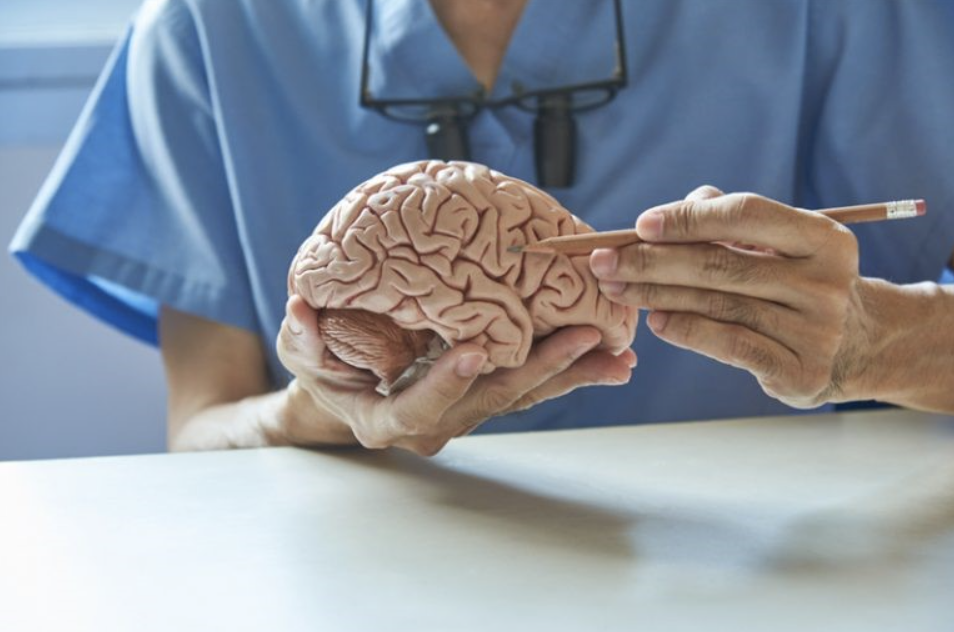Dwarfism | Are There Any Side Effects of Growth Hormone Injections? A Doctor Explains the Causes and Treatment Methods for Short Stature


Parents are most concerned about their children's growth issues, whether it's being too short, overweight, or underweight. Just like Lionel Messi, who recently won the World Cup for Argentina, was diagnosed with "dwarfism" - growth hormone deficiency, requiring nightly injections of growth hormone. Dr. Tsui Tsz Kwan, a pediatric specialist, shares the following information regarding childhood growth problems.
Childhood Growth | Q1: What is growth hormone deficiency?
The pituitary gland in the brain secretes growth hormone, which is an essential component for the healthy development and growth of children. Growth hormone continuously regulates various physiological and metabolic processes at different stages of life.
Growth hormone deficiency (GHD) is not commonly seen, but if left untreated, it can lead to stunted growth, fragile bones, and poor physical performance. According to research data, approximately one in every 4,000 to 10,000 individuals suffers from GHD, resulting in short stature. Children with GHD may have facial features that differ from those of normal children and tend to have higher body fat, particularly around the abdomen. Fortunately, their intelligence is not affected.
Childhood Growth | Q2: What factors can affect a child's height or body shape?
Apart from diseases, a child's height or body shape is primarily influenced by genetic factors and lifestyle habits acquired after birth, including diet and nutrition.
Childhood Growth | Q3: What is a normal growth chart, and how is it evaluated?
A growth chart is commonly used as an objective indicator to assess a child's growth and development. It is a percentile chart based on gender, age, weight, and height. Generally, during infancy, if a baby's growth indicators fall between the 3rd and 97th percentiles, it is considered within the normal range. However, if a child's growth indicators consistently deviate or excessively deviate from their previous growth percentiles, it is advisable to consult a pediatrician for further examination and understanding.
To diagnose whether a child has short stature, doctors also refer to the growth chart. If a child's height falls below the 3rd percentile on the growth chart, it is considered indicative of short stature.
Childhood Growth | Q4: How do doctors diagnose the condition?
In diagnosing short stature, doctors conduct a thorough examination of the child and inquire about their medical history and family medical background. Based on the individual case, they may arrange appropriate blood tests, X-ray examinations, and even brain imaging scans to identify the underlying causes of short stature. The objective is to determine the factors contributing to the child's stunted growth.
Childhood Growth | Q5: How should parents observe their child's growth?
If parents are concerned about their child's height, it is recommended to measure their height regularly every 4 to 6 months. Typically, children between the ages of 4 and pre-puberty (10 years) grow approximately 4 to 6cm per year. If parents notice that their child is shorter than their peers or their growth rate is slower, it is advisable to consult a pediatrician for an early examination.
Childhood Growth | Q6: What is Small for Gestational Age (SGA)?
Small for Gestational Age (SGA) refers to infants who are born with a birth weight below the 10th percentile of the average weight for their gestational age. This is one of the causes of short stature.
Childhood Growth | Q7: What is growth hormone deficiency?
As mentioned earlier, the pituitary gland in the brain secretes growth hormone, which is an essential component for the healthy development and growth of children. Growth hormone continuously regulates various physiological and metabolic processes at different stages of life.
Growth hormone deficiency (GHD) is not commonly seen, but if left untreated, it can lead to stunted growth, fragile bones, and poor physical performance. According to research data, approximately one in every 4,000 to 10,000 individuals suffers from GHD, resulting in short stature. Children with GHD may have facial features that differ from those of normal children and tend to have higher body fat, particularly around the abdomen. Fortunately, their intelligence is not affected.
Childhood GHD can occur due to factors such as genetics, abnormalities in brain structure, radiation therapy, and other causes, resulting in insufficient secretion of growth hormone.
Childhood Growth | Q8: What are the causes of short stature?
There are many factors that contribute to short stature, which can generally be classified as non-pathological or pathological. Non-pathological causes include genetic factors, delayed maturation, delayed development, and idiopathic short stature (of unknown cause). Pathological causes include low birth weight, malnutrition, chronic illnesses like chronic kidney disease, genetic or chromosomal abnormalities, and endocrine disorders such as hypothyroidism or growth hormone deficiency, among others.
Childhood Growth | Q9: How can it be treated? Growth hormone injections?
The treatment of short stature depends on the underlying cause. For example, if it is due to malnutrition or poor lifestyle habits, attention should be given to balanced diet, rest, and exercise, while considering medication adjustments if necessary. If it is caused by hormonal imbalance, such as hypothyroidism, restoring thyroid function can help restore normal growth. In cases of growth hormone deficiency, treatment with growth hormone injections typically leads to significant improvements in height.
Childhood Growth | Q10: What is growth hormone? Are there any side effects? Who is suitable and unsuitable?
Growth hormone is naturally produced by the anterior pituitary gland in the human body. It is transported through the bloodstream to the liver and various major organs, particularly bone and muscle cells, to stimulate growth. Additionally, growth hormone regulates the metabolism of sugars and fats.
The growth hormone used for treatment is a synthetic medication that has been used for over 30 years in the treatment of short stature. Its efficacy and side effects have been extensively studied. While a small percentage of children may experience adverse effects, such as headaches, joint pain, swelling, or high blood sugar, most of these side effects are temporary and resolve after discontinuing treatment. Some children may experience benign intracranial hypertension, which can cause symptoms like headaches and vomiting. However, these side effects generally subside after treatment cessation. In rare cases, but still extremely rare, severe conditions like slipped capital femoral epiphysis (a hip joint problem) may require surgical intervention. Overall, growth hormone injections for the treatment of short stature are generally safe.
Currently, the U.S. Food and Drug Administration (FDA) has approved the use of growth hormone for the treatment of growth hormone deficiency, Turner syndrome, Prader-Willi syndrome, short stature caused by SHOX gene deletion, children with chronic kidney failure resulting in short stature, idiopathic short stature, and children born small for gestational age. However, before initiating treatment with these medications, a thorough evaluation by a physician is necessary to determine suitability for treatment.
Childhood Growth | Q11: If parents decide to administer growth hormone to their child, is it expensive? At what age does treatment typically begin and end?
The cost of growth hormone treatment varies depending on the required dosage for the child.
In appropriately selected children with short stature, growth hormone therapy is most effective when initiated before puberty. The earlier the treatment is started, the better the outcomes. As for the duration of treatment, doctors generally recommend discontinuing the use of growth hormone after the completion of puberty, specifically when the growth plates close.
Childhood Growth | Q12: Are there any other treatment methods?
Although growth hormone injections may provide an opportunity for children to increase their height, it is also important to ensure that children have a balanced diet, engage in appropriate physical activity, and get sufficient rest.
Childhood Growth | Q13: If there are other treatment methods, what is the process like?
There are various alternative methods for increasing height that are circulated in the market, such as height-increasing formula milk, height-increasing pills, and even height-increasing surgeries. The former lacks sufficient scientific evidence and proven effectiveness, while the latter carries various surgical risks and potential complications.

Related Brands


